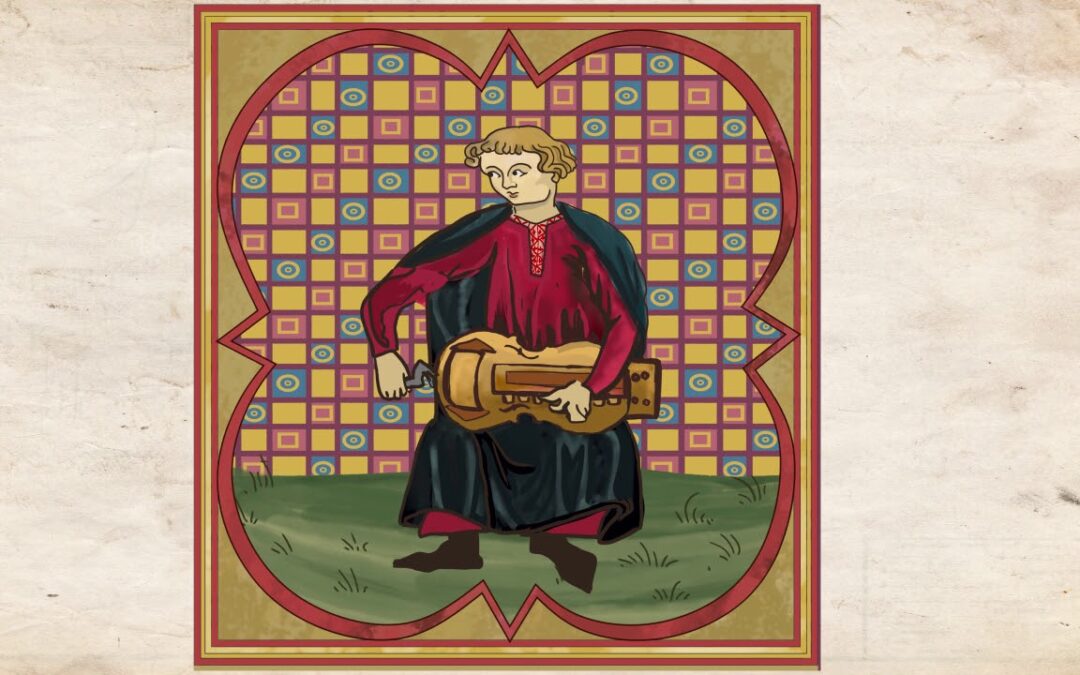The minstrels of France and England, the minnesingers of Germany, the skalds of Norway and Iceland, the akins of Kazakhstan and Kyrgyzstan, the aschugs of the Caucasus… They all belonged to the noble circles of medieval popular musical traditions. Among them were the lyricalists from Eastern Europe. Mainly from Ukraine. There are still debates about their origins and histories.
But the tradition of the lira comes from the 8th century, where the first musical and vocal techniques were developed and mastered. This emerging tradition of the lira seemed strongly linked to that of the kobzas.
During the performances, the musicians radiated the highest spiritual standards of the time. But they shared a very low social standard of vagabond and beggar. It was exceptional that the highest moral standard was associated with the poorest and the rejected.
Among the Slavic peoples, the social structures of the wanderers were particularly diverse. This consisted of wandering beggars, city-based musicians, blind and crazy people. In Belarus and Russia, they were elderly people driven by hunger and poverty. In Poland, horse-riding beggars transform into seasonal musicians. The practitioners of the lira formed a very small class, but very advanced on the moral, spiritual and artistic levels. Lira players formed fraternities whose pyramidal hierarchical structure reflected internal levels of discipline that were often stricter than monks.
Traditional spiritual virtues were fundamental to them. Trade was not their main activity, but rather the sharing of religious, moral and ethical standards. An oral code of behavior was strictly enforced. By joining the fraternity, one had to commit to respecting the rules – including respect, honor and trust. Keeping it secret was not only necessary to protect the brothers, but also to preserve the astral energies and auras of each member of the brotherhood. In the same logic, a secret language, arget, was developed and applied.
The core of their lira repertoire was composed of songs, religious texts and ballads. There were also moral songs, fictions, satires, dances. The very particular sound of the instrument, both discontinuous and soft, and also strident, monotonous and loud, could vary depending on the interpretations of the same musical theme. The song was silence, cry and clamor, emotionally charged. Lira players were little interested in politics, but more in religion. Their simple, pious lives and their songs were seen as a continuation of a conversation with God outside the sanctuary.
Due to the nature of these brotherhoods and the values of its members, this lira tradition resisted modernity and survived without any change until the 20th century. The lira tradition was then affected, but continued in relative isolation. It is still played today. But centuries of tradition were reduced to commercial spectacle. Those who manage to keep the tradition and the spirit intact can transmit it in secret.

